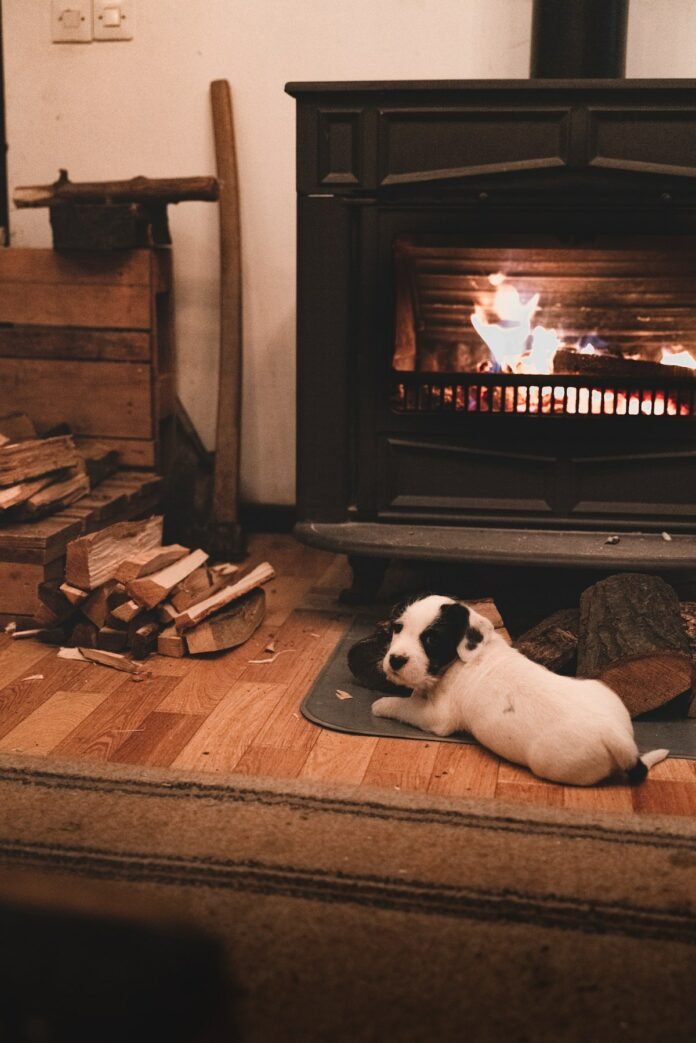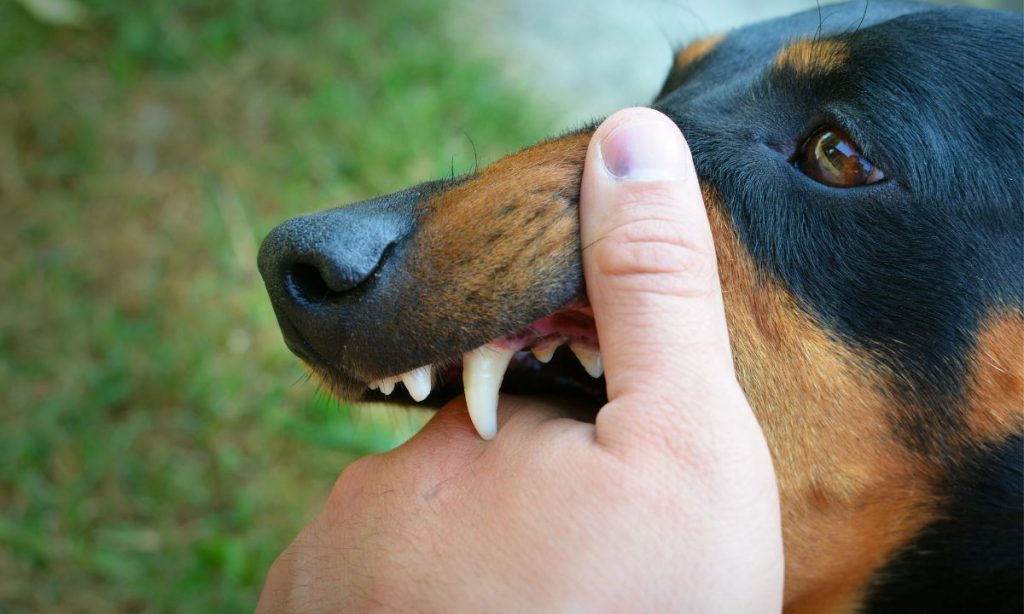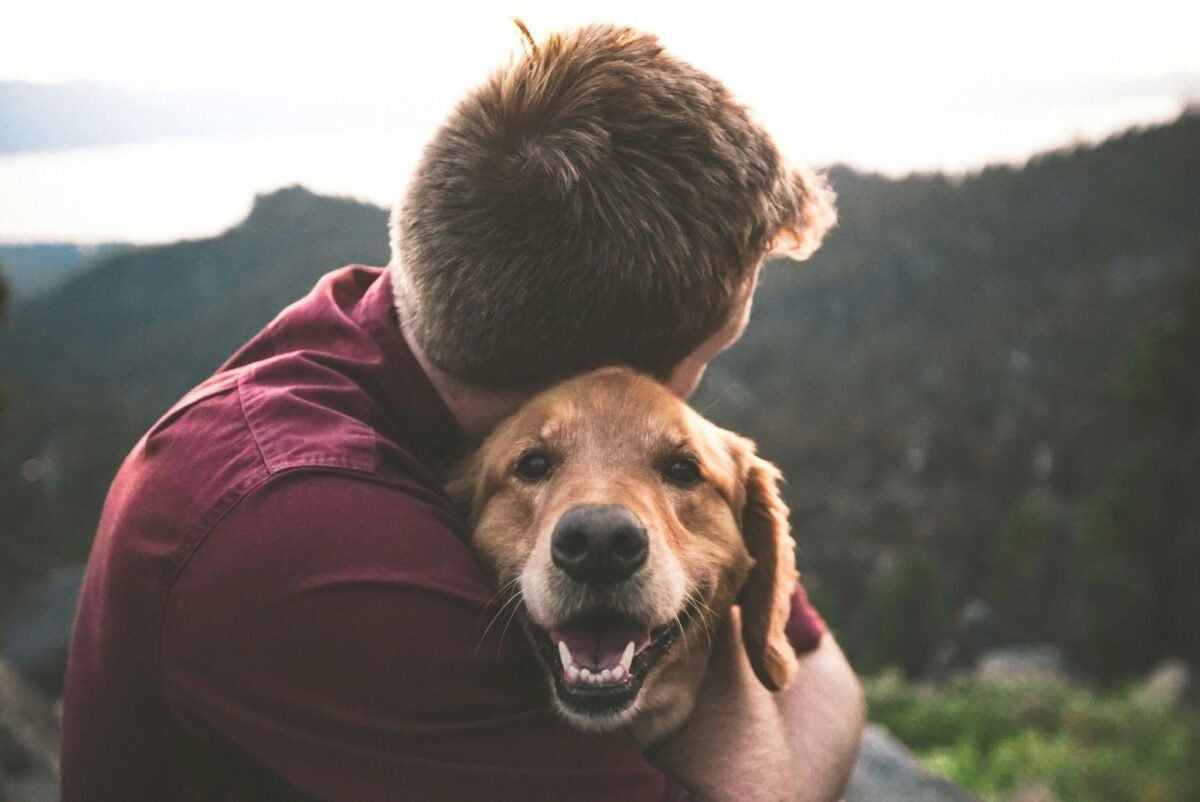Last Updated on December 8, 2022 by Dogs Vets
Designing a Warm Abode for Your Dog
Just in case you were wondering if your dog gets cold in the winter, the answer is a resounding yes! Canines are also at risk of developing frostbite and hypothermia, especially if you take outdoor walks.
The bottom line is you feel uncomfortably chilly when stepping outside, it is also too cold for your dog.
Instead of walking along your usual route, find ways to keep your pooch entertained indoors. Work on designing a snuggly, cozy atmosphere your pets will feel happy to explore and rest in when winter is so cold that they can only spend a few minutes outside daily.
Setting Your Thermostat at the Right Temperature
In general, a comfortable home has a thermostat set at between 68 and 72 degrees Fahrenheit.
Large dogs with thick coats (like huskies) tend to prefer temperatures at the lower end of this spectrum, while short-haired, small dogs will probably enjoy living in warmer interiors. Even if your dog is the only one in the home, the temperature should never be lower than around 60 degrees.
To boost warmth for pups, senior dogs, short-haired or pets with an illness, provide them with a warm bed and extra-soft blankets they enjoy sitting on top of or burrowing under.
You can add pet-safe microwavable heat pads to your dog’s bed or invest in an electric blanket that will remain at a steady temperature all night.
Creating a Wardrobe with Winter Fashions for Your Dog
Unless your dog has super-thick fur, they usually benefit from wearing a quilted jacket and booties on very cold days. A jacket will keep their backs warm, while boots will stop snow and ice from setting between paw pads and causing frostbite.
For chilly weather, consider investing in an ultra-sturdy overall, which protects your dog’s large muscle groups, as well as their vulnerable abdominal area, their chest, and legs.
These often have added features like hoodies, reflectors to boost safety in the dark, and materials that reflect the dog’s body heat and stimulate blood circulation while also being soft, windproof, and waterproof. Some brands even have coats with high necks—which are perfect for greyhounds and other long-necked breeds.
A Plethora of Spots to Rest
Instead of just warming up your dog’s bed, you might prefer to offer him various places in which to snuggle and feel comfortable.
These can include the sofa, patio, and the sunniest spot in your garden (if you live in a relatively warm area). If you have an outdoor dog house, place it in a sunny spot, paint it a dark color, and add insulation to your pooch’s abode.
Remember to install plywood or another hard surface over the insulation, so your dog isn’t tempted to chew it. Blankets are an excellent way to attract your pooch to where you’re setting.
Invest in pretty throws for the couch, purchase at least one ‘designer bed’ with raised features in carved wood or other materials, and fill your couch with large cushions. These can double up as a bed if your dog feels like napping next to you while you’re watching your favorite series.
Installing a Furnace or Solar Heating for Canines
Some heaters are specifically designed for use in a doghouse because they are small but efficient. They have in-built safety features, such as one that protects your dog from burns. They also have chew–proof cord covers.
Consider relying on natural power to keep your dog warm while lowering your carbon footprint. This can be achieved by installing solar panels on the doghouse roof.
Once they are installed in a sunny area, attach an inverter and plug it into anything that needs electricity to work—from your dog’s hair dryer to his warming mat, or heated water bowl.
Insulating Your Dog’s House
One of the most important ways to heat your dog’s home is by insulating it.
Firstly, conduct a thorough inspection and cover any gaps or holes in features like the latch mechanisms or ventilation grates. Insulate your pooch’s home with foil-backed foam boards, which are cheap and effective.
Protect your pet from the cold floor by ensuring they are not directly lying on the floor. Instead, place a dog bed inside the house.
If your dog is older, invest in a top orthopedic mattress that will support your pooch’s weight evenly. Reduce the amount of open space in the house by filling it with blankets or big pillows, so the home does contain big pockets of air
Preparing a First-Aid Kit
If your dog goes for walks outside, remember to keep an indoor first-aid kit with components like scissors, gauze, tape, and anti-bacterial cream.
Remember that you may have to cut long hair in the paw area to stop ice from getting caught in it. Your kit should also have paw balm, which has a waxy feel that keeps snow and ice from reaching paws.
If it feels too cold to venture outside, don’t force your pet to do so. Offer her a host of creature comforts at home, including blankets, cushions, and clothing (especially for hairless dogs or cats).
When building a dog house, insulate it well and reduce the amount of free space in the home, to make it warmer and more appealing to them.
Facts Check
We hope you enjoyed this article… What are your thoughts?
Please feel free to share this article!

















